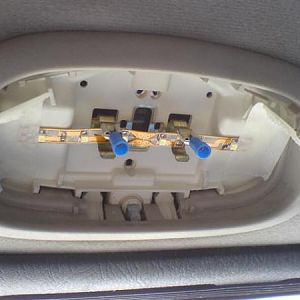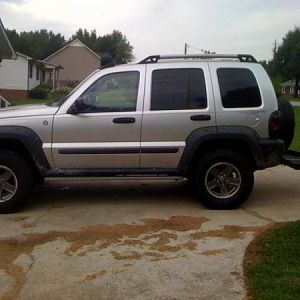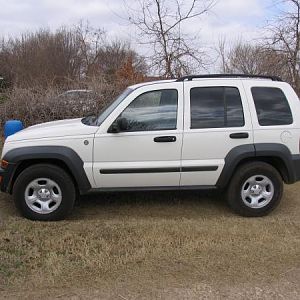GitEmSteveDave
Full Access Member
So I had a used 3.7 engine with 51k on it installed in my Jeep after I lost compression in Cylinder 6 and causing a litany of problems.
Since I didn't like the idiot gauge on the engine temp(my old dodge had an actual gauge with numbers on it), I bought a bluetooth OBDII reader and a tablet to monitor my coolant temp and a variety of other things.
Since the new engines been installed, the temps are running about 10 degrees F hotter than the old engine and creep up a lot faster when stopped at light or for a train. Where I used to run 195-199F while actually driving and getting air moving past the radiator, it's now around the 206F range. When stopped, it will creep up to about 221 before the fan kicks on and it drops.
The only difference I know of, besides the engine, is the mechanic insisted on putting green crap in the engine when refilled instead of HOAT, and I'm gonna resolve that soon with a flush at a dealer. Would using a different coolant, or perhaps one not ratioed properly cause a difference in the thermal load it carries?
Since I didn't like the idiot gauge on the engine temp(my old dodge had an actual gauge with numbers on it), I bought a bluetooth OBDII reader and a tablet to monitor my coolant temp and a variety of other things.
Since the new engines been installed, the temps are running about 10 degrees F hotter than the old engine and creep up a lot faster when stopped at light or for a train. Where I used to run 195-199F while actually driving and getting air moving past the radiator, it's now around the 206F range. When stopped, it will creep up to about 221 before the fan kicks on and it drops.
The only difference I know of, besides the engine, is the mechanic insisted on putting green crap in the engine when refilled instead of HOAT, and I'm gonna resolve that soon with a flush at a dealer. Would using a different coolant, or perhaps one not ratioed properly cause a difference in the thermal load it carries?










